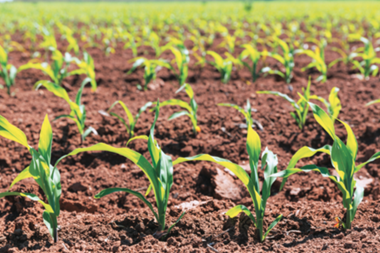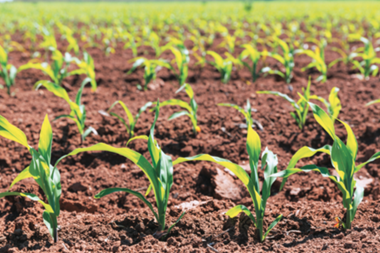Australia’s AUD2.2trn (€1.5trn) superannuation fund industry is a long way behind its foreign peers in exposure to Australia’s growing agriculture sector, according to Industry Super Australia (ISA).
In a major discussion paper published today, the association says Australian industry superannuation funds allocate just 0.3% of their asset base to local agriculture, timberland, farmland and aquaculture.
It is a sector in which pension funds from Canada, Denmark and the UK have significant interests.
The paper says that if Australian funds followed the global benchmark of allocating 1% of assets under management to agriculture, their total investment in the sector today would be around AUD22bn – split between Australian and overseas – rather than AUD1.6bn.
Stephen Anthony, author of the paper, told IPE Real Estate: “We think the figure should rise to at least AUD2.5bn in the domestic market.”
Anthony said retail super funds, relative to their industry counterparts, lagged even further, and that they “should be starting to do the heavy lifting”.
The paper, titled The Driving Super Fund Investment in Australian Agriculture, says Australian industry super funds are now actively looking for opportunities to invest in agriculture and agribusiness-based businesses on “sound, commercial business cases”.
Anthony said: “What we are doing now is starting a discussion, and pointing to obvious deficiency in the policy domain.
“We want experts to help us collect information to strengthen this discussion paper, so that it becomes a more useful tool for decision-making.”
Anthony said passive institutional investors, such as Australian superannuation funds, hold only a very small portion of farm assets in Australia, valued at around AUD330m.
But Australian-managed funds, such as Macquarie Infrastructure and Real Assets (MIRA), Warrakirri Agricultural Trusts and QIC, have invested or committed more than AUD2.3bn in agricultural projects, of which the share of industry super funds is more than AUD1.6bn.
“There is little or no investment in Australian agriculture by retail super funds,” the report says, at a time when the global trend is to favour the sector.
The paper points out that New Zealand Super has invested heavily in domestic dairy and timberland assets and wants to move into the beef cattle supply chain.
“Foreign pension funds have big diversified global operations across all commodity types,” said Anthony. “They are extending their existing platforms and operations into Australia.”
For example, since the global financial crisis, the US financial group TIAA has invested more than AUD$1bn in Australian agricultural landholdings through its agricultural arm, TIAA Westchester.
Canada’s Public Sector Pension Investment Board (CCPIB) has invested AUD90m in Australian cattle stations, while Danish pension fund Pensionskassernes Administration (PKA) has an AUD60m investment in Queensland cattle stations through Sustainable Management Partners.
Dutch pensions group APG has invested in Macquarie-managed Paraway Pastoral, while the UK’s Pension Protection Fund partnered QIC in its acquisition of an 80% stake in The Northern Australian Pastoral Company last year.
If Australian super funds had a similar strategy, Anthony said, their investment in the agricultural sector should be around AUD11bn in Australian farmland and agribusinesses, with the same amount invested in offshore agriculture.
Anthony said they could look at creating a collective vehicle for building exposure collectively.











